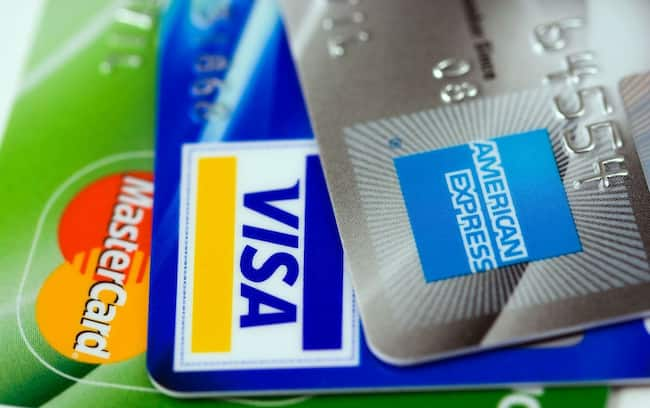Do Credit Cards Have Routing Numbers?
We all deal with credit cards, debit cards, EMI cards, and many other cards from various banks and financial institutions while making payments. Have you ever wondered what numbers are on your card, chequebook, or bank passbook? As they contain so many types of numbers, we might not be able to remember them all, but having basic knowledge about them is a necessity.
Let’s talk in-depth about whether credit cards have routing numbers and what a routing number is.
What is a Routing Number?
A routing number is a unique nine-digit numeric code. It is mainly used to identify associated banks or financial institutes. Generally, Bank accounts have routing numbers and are used while depositing a paycheck through the bank.
The American Bankers Association – ABA created the routing numbers in 1910. Only federally chartered financial institutions were given higher status and routing numbers during that time. Moreover, Routing Numbers are unique for U.S. Banks, whereas other banks use IBANs – International Bank Account Numbers.
Do Credit Cards Have Routing Numbers?
Credit cards don’t have routing numbers. Instead, they have 15-16 digit account numbers. Routing numbers are specifically for cheques that are supposed to be used by the banks to make a transfer. To complete a bank transfer, banks need your routing number details from your cheque. On the other hand, credit cards do not need routing numbers to make any transaction. It is done via Credit Card Number and PIN. Sometimes they need CVV to make the transfer.
Is the routing number the same as the account number?
No, not at all. Both of these are two very different things. As we all know, the account number is used to identify certain bank accounts of an individual, whereas the routing number is for a financial institution’s identification. You will use the account number to make any transfer or even receive one. In the case of routing numbers, it is used by the banks to approve various transfers.
Where Can You Find a Routing Number?
A routing number is easily located at the bottom of the cheque. Next to it is the account number, and last, there is the cheque number. If you have cheque book of your bank account with you, you can easily locate it at the bottom of any bank’s cheque.
What are the other numbers on the credit cards?
As per different banks’ credit cards or even per other financial institutions, the credit card details and numbers might vary. For example, traditional bank credit cards have different information, whereas some private financial platforms or payment wallets might have different information compared to other bank credit cards.
Credit Card: What do all the numbers mean?
If you look at any credit card, you will see various numbers embossed in different lengths. So, are you the meaning of these numbers? If not, worry not. Here we are sharing all the essential information regarding various numbers on the credit card.
Starting with the main – Credit Card number. It is located on the front of any bank’s credit card. Generally, its length is 16 digits, and each of these digits means specific things. The first three numbers specify the credit card issuer bank/ institute. It can reveal details such as where it belongs, viz. American Express, Discover, Mastercard, Visa, etc. If it is American Express Card, it starts with 3. 4 for Visas and 5 for Mastercard. 6 is for Discover cards. This specific digit is called MII – Major Industry Identifier.
Moving on to the next digits on the credit card. They are called IIN – Issuer Identification Number or BIN – Bank Identification Number. We all know it as the bank account number, which is unique to every customer. Along with that, there’s one more digit called Check Digit. It is sometimes used, and whenever used, it is for the verification purposes and processes like routing numbers.
Then there is the account number – unique for every customer from its provider bank. It is most probably printed on the back of your bank’s credit card.
To perform a significant transaction, you often need CVV to complete it. The CVV is similar to a PIN on your credit card’s back. It is the security code for your card. In most cases, the CVV is three digits long. In some cases, it might be four digits. Often, while making a transaction, you might get asked to enter your CVV for security purposes.
Then there is the expiry date. It is not the date but the month and year combination. It is printed on the front side of your credit card and shows that until that time, your credit card will be considered working. You will receive a new, updated credit card from your bank near the expiration date.
Final Words
A routing number will help you identify the bank/ financial institute and is not printed on the credit card but on the cheque. The bank uses it to initiate the payment/ transfer of the cheque holder. You can also find the routing number on your account portal or your bank’s app.
Table of Contents
